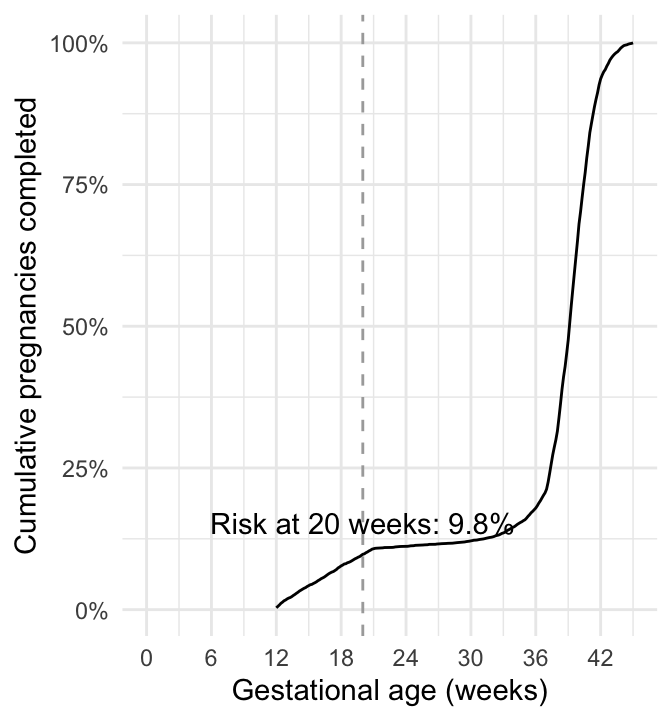Chiu, Yu-Han, Mats J. Stensrud, Issa J. Dahabreh, Paolo Rinaudo, Michael P. Diamond, John Hsu, Sonia Hernández-Díaz, and Miguel A. Hernán. 2020.
“The Effect of Prenatal Treatments on Offspring Events in the Presence of Competing Events: An Application to a Randomized Trial of Fertility Therapies.” Epidemiology 31 (5): 636.
https://doi.org/10.1097/EDE.0000000000001222.
Gupta, Shalika, Laura B. Balzer, Moses R. Kamya, Diane V. Havlir, and Maya L. Petersen. 2024.
“When Exposure Affects Subgroup Membership: Framing Relevant Causal Questions in Perinatal Epidemiology and Beyond.” arXiv.
https://doi.org/10.48550/arXiv.2401.11368.
Howards, Penelope P., Irva Hertz-Picciotto, and Charles Poole. 2007.
“Conditions for Bias from Differential Left Truncation.” American Journal of Epidemiology 165 (4): 444–52.
https://doi.org/10.1093/aje/kwk027.
Rubin, Donald B. 2000.
“Causal Inference Without Counterfactuals: Comment.” Journal of the American Statistical Association 95 (450): 435–38.
https://doi.org/10.2307/2669382.
Stensrud, Mats J., Jessica G. Young, Vanessa Didelez, James M. Robins, and Miguel A. Hernán. 2020.
“Separable Effects for Causal Inference in the Presence of Competing Events.” Journal of the American Statistical Association, June, 1–9.
https://doi.org/10.1080/01621459.2020.1765783.
Young, Jessica G., Mats J. Stensrud, Eric J. Tchetgen Tchetgen, and Miguel A. Hernán. 2020.
“A Causal Framework for Classical Statistical Estimands in Failure-Time Settings with Competing Events.” Statistics in Medicine 39 (8): 1199–1236.
https://doi.org/10.1002/sim.8471.






